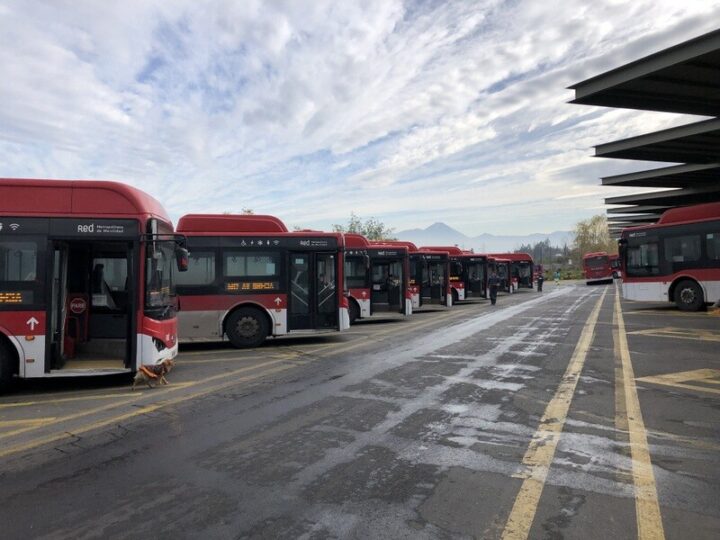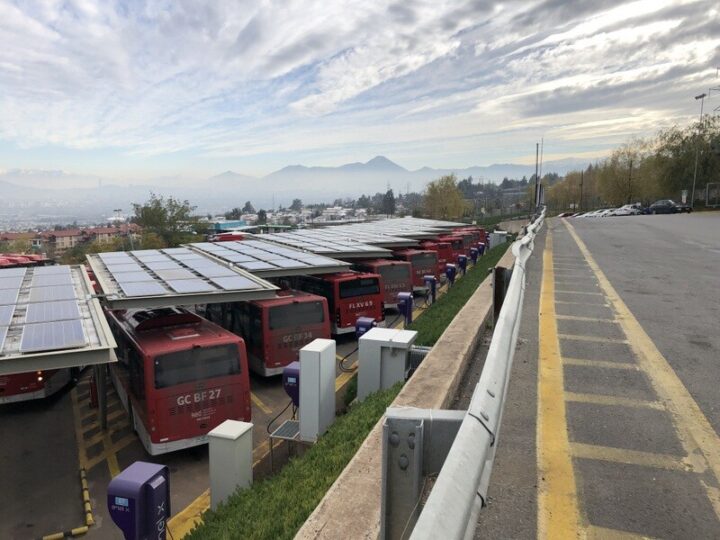VANCOUVER, British Columbia, July 15, 2022 (GLOBE NEWSWIRE) — Asante Gold Corporation (CSE:ASE | GSE:ASG | FRANKFURT:1A9 | U.S.OTC:ASGOF) ("Asante" or the "Company") announces that effective July 15, 2022 the Company has completed the first US$100 million tranche of a US$140 million financing package from strategic financial institutions in Ghana (the "Financing Institutions").
The initial drawdown of US$100 million will be used to cover local operating costs and the Company's near–term broader funding and strategic objectives.
Repayment terms are to be 25% of the principal and interest in four equal installments of US$26.88 million, with the final payment due July 12, 2023. Settlement will be in US funds by delivery of gold at the financial institutions' designated gold refinery in Switzerland and sold at the then Bloomberg BGN XAUUSD spot market price less 7%. The annual interest rate of this gold forward facility is 7.53%.
The Company assumes no derivative risks from the transaction as the loan principal is denominated in US funds and repayments from gold deliveries will be made in US funds, thereby providing a natural currency hedge.
Through this facility Asante obtains an immediate and non–dilutive financing, repayable from gold production. The Bibiani Mine has completed its commissioning, with the first gold pour announced on July 7, 2022.
The Company thanks the Financing Institutions for their confidence and financial support as Asante continues to develop its production profile in Ghana.
The Company is also in advanced discussions on additional senior secured debt facilities to provide for ongoing sustaining capital.
About Asante Gold Corporation
Asante is a gold exploration, development and operating company with a high–quality portfolio of projects in Ghana. Asante is currently operating the Bibiani Gold Mine with forecast production of 175,000 oz of gold over the next 12 months, is completing the acquisition of the Chirano Gold Mine from Kinross Gold Corporation (the Chirano Acquisition), and is developing to production its Kubi Gold mine, all located on the prolific Bibiani and Ashanti Gold Belts. Asante has an experienced and skilled team of mine finders, builders and operators, with extensive experience in Ghana.
Asante is listed on the Canadian Securities Exchange, the Ghana Stock Exchange and the Frankfurt Stock Exchange. Asante is also exploring its Keyhole, Fahiakoba and Betenase projects for new discoveries, all adjoining or along strike of major gold mines near the centre of Ghana's Golden Triangle. Additional information is available on the Company's website at www.asantegold.com.
About the Bibiani Gold Mine
Bibiani is a historically significant gold mine situated in the western region of Ghana, with previous gold production close to 5 Moz. It is fully permitted with available mining and processing infrastructure on–site consisting of a 3 million tonne per annum mill and processing plant, and existing mining infrastructure. Mining commenced in late February with the first gold pour announced on July 7, 2022. The Company is targeting 175,000 oz of gold production over the next 12 months.
The Current Mineral Resource Estimate for Bibiani, as reported in the Technical Report on the Bibiani Gold Mine, Ghana, by Principal Author Ian M Glacken FAusIMM (CP), FAIG, CEng and Qualified Person Dan Bansah MSc, MAusIMM (CP), FWAIMM, MGIG, dated November 7, 2021, and filed on SEDAR, is Measured and Indicated 20.1 million tonnes at 2.71 grams of gold per tonne for 1.81 Moz of gold, plus Inferred 8.41 million tonnes at 2.78 grams of gold per tonne for 0.75 Moz of gold from an open pit mine. The Mineral Resource has been reported above a 0.65 g/t gold cut–off and has been depleted for both historical open pit and underground development as of August 31, 2017. The Bibiani Main Pit mineral resource has been prepared by Competent Persons (Optiro, 2017) using accepted industry practices and have been classified and reported in accordance with the JORC Code (JORC, 2012). There are no material differences between the definitions of Measured, Indicated and Inferred Mineral Resources under the CIM Definition Standards and the equivalent definitions in the JORC Code. The Satellite pit resource is an update completed in 2018 by Resolute Mining Limited. The Satellite pit resource is also reported above a cut–off grade of 0.65 g/t gold inside a pit shell defined at a gold price of US$1,950. Mineral resources that are not mineral reserves do not have demonstrated economic viability.
About the Chirano Gold Mine
The Chirano Gold Mine is an operating open–pit and underground mining operation located in southwestern Ghana, immediately south of the Company's Bibiani Gold Mine. The Chirano Gold Mine was first explored and developed in 1996 and began production in October 2005. The Chirano Gold Mine comprises the Akwaaba, Suraw, Akoti South, Akoti North, Akoti Extended, Paboase, Tano, Obra South, Obra, Sariehu and Mamnao open pits and the Akwaaba and Paboase underground mines.
For further information please contact:
Dave Anthony, President & CEO: CAN+1 647 382 4215 or GH+233 55 879 3309, dave@asantegold.com
Malik Easah, Executive Director, malik@asantegold.com
Frederick Attakumah, Executive Vice President, frederick@asantegold.com
Alec Rowlands, Capital Markets Consultant, alec@asantegold.com
Valentina Gvozdeva, Manager IR, valentina@asantegold.com
Kirsti Mattson, Media Relations, kirsti.mattson@gmail.com
Cautionary Statement on Forward–Looking Statements
This news release contains forward–looking statements. Forward–looking statements involve risks, uncertainties and other factors that could cause actual results, performance, prospects, and opportunities to differ materially from those expressed or implied by such forward–looking statements, including statements regarding the timing of the completion of the balance of the US$140 million financing package, additional potential financing, the structure and terms of the Chirano Acquisition, timing for completion of the Chirano Acquisition, the ability of the Company to complete the Chirano Acquisition on the terms announced, anticipated synergies, the resources, reserves, exploration results, and development program at Chirano, Bibiani and Kubi, including timing of future mine development and the start of production. Factors that could cause actual results to differ materially from these forward–looking statements include, but are not limited to, the inability to satisfy any condition required to complete the balance of the US$140 million financing package, the inability to satisfy any condition required to complete the Chirano Acquisition, termination of the share purchase agreement, variations in the nature, quality and quantity of any mineral deposits that may be located, the Company's inability to obtain any necessary permits, consents or authorizations required for its planned activities, and the Company's inability to raise the necessary capital or to be fully able to implement its business strategies. The reader is referred to the Company's public disclosure record which is available on SEDAR (www.sedar.com). Although the Company believes that the assumptions and factors used in preparing the forward–looking statements are reasonable, undue reliance should not be placed on these statements, which only apply as of the date of this news release, and no assurance can be given that such events will occur in the disclosed time frames or at all. Except as required by securities laws and the policies of the Canadian Securities Exchange, the Company disclaims any intention or obligation to update or revise any forward–looking statement, whether as a result of new information, future events or otherwise.
LEI Number: 529900F9PV1G9S5YD446.
Neither IIROC nor any stock exchange or other securities regulatory authority accepts responsibility for the adequacy or accuracy of this release.














